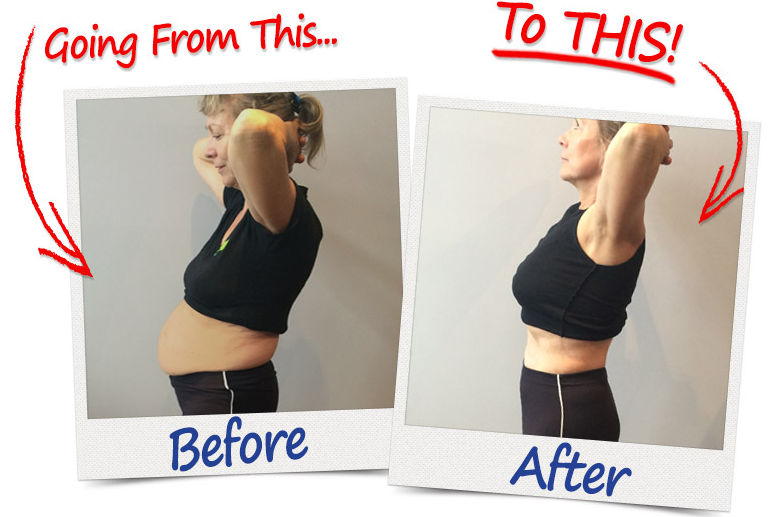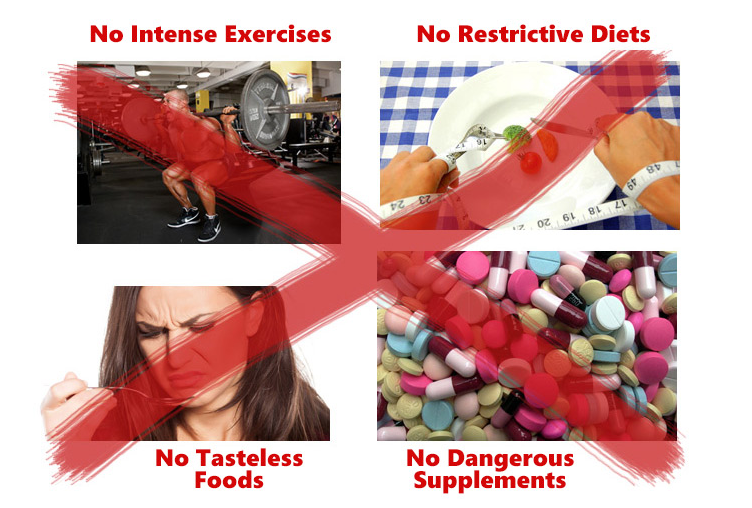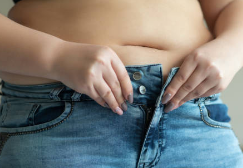Do you want to learn how to lose fat in an effective and sustainable way? Fat loss is a key focus for many people, and achieving it can transform your health and lifestyle. From managing your weight to boosting your energy and lowering health risks, understanding how to lose fat is vital. This guide provides science-based strategies and practical tips to help you reach your goals. Let’s begin your journey!



What is Fat Loss
What Is Fat Loss?
Fat loss refers to the reduction of body fat, and occurs when your body uses stored fat as energy. This is usually when you’re eating fewer calories than your body requires, creating a caloric deficit. Fat loss is the process of losing fat without losing lean muscle mass (as opposed to weight loss which may include loss of water and muscle).
The Importance of Fat Loss
Losing fat is not only about looking your best; it’s important for your health. A large amount of body fat, especially visceral fat around your organs, puts you at higher risk of chronic diseases such as heart disease, type 2 diabetes and hypertension. Removing fat can benefit your energy levels, movement, simply just your mental wellbeing. It’s not just about what’s on the scale; it’s about how you feel both inside that body and outside that body.
The Science Underlying How To Lose Fat
Caloric Deficit
Fat loss is initiated through a caloric deficit. It means taking in fewer calories than your body uses in a day. Access to stored fat for energy This is what happens: When energy is not available from food, your body uses stored fat for fuel. A deficit may involve a reduction in your caloric intake, an increase in physical activity, or both. But make sure you don’t have too big of a deficit, as that can cause muscle loss and nutrient deficiencies.
Metabolism and Its Effects
The efficiency with which you burn calories is largely dictated by your metabolism. It’s affected by age, genes, muscle mass and how active you are. A faster metabolism means that you burn more calories while at rest. You can increase your metabolism by doing strength-training, eating protein-rich foods and staying active during the day. Simple habits, like walking after meals or taking the stairs, can add up over time.
How To Lose Fat: Fat loss nutrition tips
Focus on Whole Foods
Healthy whole foods are good unsaturated fats, this means no preservatives, more vitamins and minerals but low on calories and high on keeping you fuller for longer. They are lower in calories, higher in fiber, which promote digestion and help regulate hunger.
Food Types That Can Burn Fat
Some foods can help burn fat through metabolism speed up, or keeping your stomach full for longer. These include:
• Leafy Greens: Spinach, kale and arugula are low calorie and high in fiber.
* Fatty Fish: Salmon and mackerel are healthy sources of omega-3 fats and protein.
• Nuts and Seeds: Healthy fats found in almonds or chia seeds, for instance, help increase satiety.
* Berries: Blueberries and raspberries are high in antioxidants and low in sugar.

Why You Need Protein
If fat loss is your goal, protein is the MVP. It is good for building and maintaining muscle and also promote feelings of fullness. This lowers the likelihood of overstuffing oneself. Add a protein to every meal, whether an animal protein such as chicken and eggs or a plant-based protein such as tofu and lentils.
Carbs and Fats
Carbs and fats have a bad reputation, but they’re critical in moderation. So try to go for quality instead of quantity. Choose complex carbs such as oats, quinoa and sweet potatoes for longer term energy. For your fats, go for the healthy types like avocados, olive oil, and nuts. Avoid Trans Fats and highly processed foods that can inhibit fat loss.
Hydration Matters
When it comes to fat loss, drinking enough water is frequently ignored! Water facilitates digestion, helps keep you hydrated during exercise, and can even reduce appetite. It’s not uncommon to mistake thirst for hunger, so snack without weighing the consequences! Try to aim for at least 8–10 glasses of water every day.
Workouts That Burn Fat
Calorie Burn with Cardio
Cardio is useful for both burning calories and cardiovascular health. They speed up your heart rate and allow you to burn a calorie deficit.
How To Lose Fat: Top Cardio Exercises
For those new to cardio, start at walking, jogging or cycling. If you want to get a good calorie burn in, try running, swimming, or high intensity interval training (HIIT). HIIT (High-Intensity Interval Training): Short bursts of high-intensity exercise followed by rest periods are not only an effective way to burn fat, but also saves you time.
Muscle Maintenance With Resistance Training
For anyone who wants to lose fat, strength training is key to keep muscle mass. Muscle is metabolically active and burns calories at rest. Muscle also burns more calories throughout the day.
Advantages of Weight Lifting
Weight training tones you up, increases bone density and can also raise metabolism. Emphasizing compound movements such as squats, deadlifts, and bench presses, which work multiple muscles at once. Add in isolation work like bicep curls or tricep dips to create a balanced workout.
The Best of Both Worlds
The best way to lose fat is to do both cardiovascular exercise and strength training. Intersperse the two for maximum calorie burn and muscle retention. For instance, combine a 30-minute high-intensity interval training (HIIT) workout with 20 minutes of weight lifting — these strategies will burn fat and build strength at the same time.
Lifestyle Modifications to Promote Fat Loss That Is Long-Lasting
Sleep and Recovery
Often, the missing link in fat loss journeys is sleep. Bad sleep affects hormones such as ghrelin and leptin, which control hunger and satiety. Shoot for 7–9 hours of restorative sleep every night to aid your fat-loss physical stature.
Stress Management
Chronic stress can halt fat loss by raising cortisol levels that stimulate fat storage, especially around the midsection. Practice mindfulness by doing yoga, meditation, or maybe just journaling to relieve stress. Your body and mind would really benefit from some good fun!
How To Lose Fat: Developing Healthy Habits
What Sustainable Fat Loss Is About Sustainable fat loss is about creating habits you can maintain over the long haul. Start small, like cooking more of your meals at home or adding an additional 10-minute walk to your day. These little adjustments accumulate over time into great outcomes.





How To Lose Fat: Common Mistakes to Avoid
Relying Only on Exercise
Exercise is a necessary part of a healthy lifestyle, but it does not give you a pass to eat whatever you want. “In fact, fat loss is 80% nutrition and 20% exercise! Combine it with a decent workout and you will get the best results.
Skipping Meals
Meal skipping may seem an appealing strategy to cut calories, but it’s often counterproductive. It can slow your metabolism and contribute to overeating down the line. Instead, have balanced meals across the day to maintain stability in your energy levels.
Untrealistic Expectations
losing fat is not an overnight process, it is slow and steady process with commitment. When you set these unrealistic goals, you can only get frustrated or burnt out. Instead, think baby, quantifiable steps. Keep in mind that slow and steady wins the race.
Overlooking Recovery
Here are some reasons preventing fat loss could be Lack of activity or overtraining without rest. Recovery days are just as valuable as workout days. They enable your muscles to recover and your body to reboot.
Staying Consistent With Your How To Lose Fat Effort
Consistency is the cornerstone of any successful fat loss plan. Create a routine that works for you and stick to it. Whether it’s meal prepping, scheduling workouts, or tracking your progress, consistency will keep you on track. Surround yourself with supportive people and celebrate small victories to stay motivated.
Conclusion: How To Lose Fat
If you’ve been looking for an answer for how to lose fat, it’s balance and consistency. Prioritize nutrient-dense foods and exercise regularly to create a caloric deficit. Get enough sleep, handle stress and create habits that you can maintain long term. Keep in mind that fat loss isn’t about looking good — it’s about feeling your best and living a life that’s healthier. Go ahead, embark on your own journey now, and you’ll appreciate yourself for it.
FAQs About How To Lose Fat
How fast can I lose fat?
A safe rate is about 1–2 pounds per week. This ensures sustainable fat loss without risking muscle loss or other health issues.
Do I need to cut carbs to lose fat?
No, you don’t need to cut carbs entirely. Focus on complex carbs like oats and quinoa, and avoid processed carbs and sugary snacks.
Can I lose fat without exercise?
Yes, but combining a healthy diet with regular exercise is more effective. Exercise helps burn calories, boosts metabolism, and improves overall health.
Is spot reduction possible?
No, you can’t target fat loss in specific areas. Fat loss happens evenly throughout the body when you create a caloric deficit.
What’s the best way to track fat loss progress?
Use a combination of methods, including measurements, photos, and how your clothes fit. Don’t rely solely on the scale, as it doesn’t reflect fat loss accurately.





